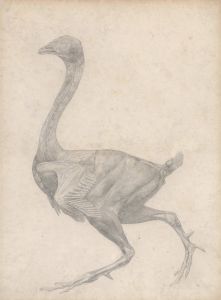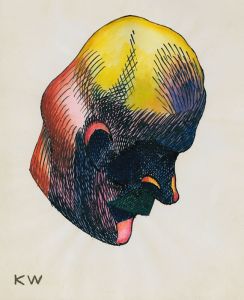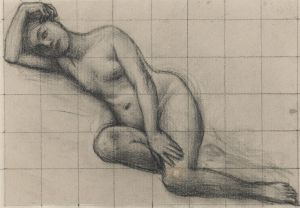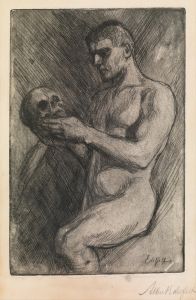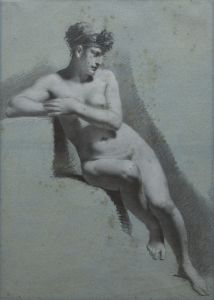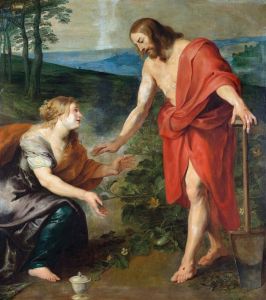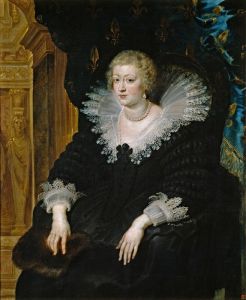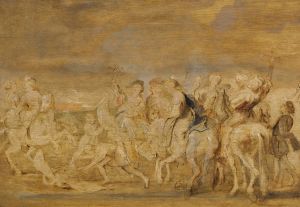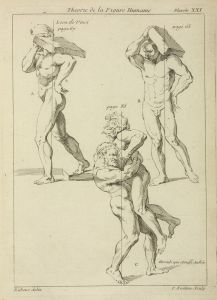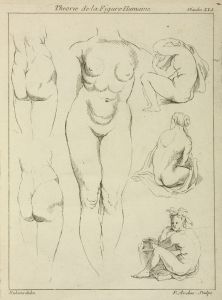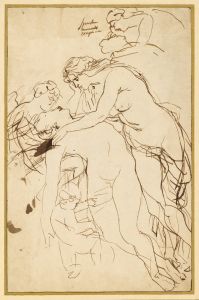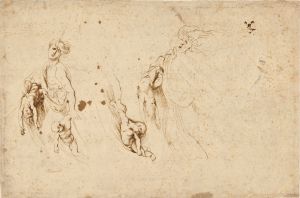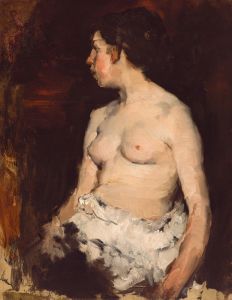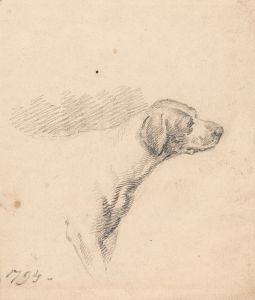
Several figures in prone and supine positions
A hand-painted replica of Peter Paul Rubens’s masterpiece Several figures in prone and supine positions, meticulously crafted by professional artists to capture the true essence of the original. Each piece is created with museum-quality canvas and rare mineral pigments, carefully painted by experienced artists with delicate brushstrokes and rich, layered colors to perfectly recreate the texture of the original artwork. Unlike machine-printed reproductions, this hand-painted version brings the painting to life, infused with the artist’s emotions and skill in every stroke. Whether for personal collection or home decoration, it instantly elevates the artistic atmosphere of any space.
Peter Paul Rubens, a prominent Flemish Baroque painter, is renowned for his dynamic compositions, vibrant use of color, and masterful depiction of the human form. Among his extensive body of work is the drawing titled Several Figures in Prone and Supine Positions. This artwork is a study that showcases Rubens' exceptional skill in rendering the human figure in various poses, emphasizing his deep understanding of anatomy and movement.
The drawing is believed to have been created as a preparatory study, a common practice for Rubens, who often sketched figures to refine their placement and posture before incorporating them into larger compositions. The figures in this work are depicted in both prone (lying face down) and supine (lying face up) positions, demonstrating Rubens' ability to capture the human body from multiple angles with remarkable accuracy. The poses suggest a focus on the naturalistic representation of weight, tension, and relaxation in the human form.
Rubens' drawings were not only tools for his creative process but also served as teaching aids for his workshop, where he trained numerous assistants and collaborators. These studies allowed him to experiment with different arrangements and refine his ideas, ensuring that his final paintings achieved the dramatic and dynamic qualities for which he is celebrated.
The medium of the drawing is likely chalk or pen and ink, materials Rubens frequently used for his studies. The work exemplifies his characteristic style, marked by fluid lines and a keen attention to detail. While the exact date of the drawing's creation is uncertain, it aligns with Rubens' broader oeuvre, which spans the late 16th and early 17th centuries.
Several Figures in Prone and Supine Positions reflects Rubens' deep engagement with classical art and his admiration for the works of Renaissance masters such as Michelangelo and Raphael. His studies often drew inspiration from classical sculpture and anatomy, which he adapted into his own dynamic and expressive style.
The drawing is now housed in a collection, though its specific location may vary depending on exhibitions or archival arrangements. It continues to be studied and admired for its technical brilliance and its role in understanding Rubens' artistic process.





